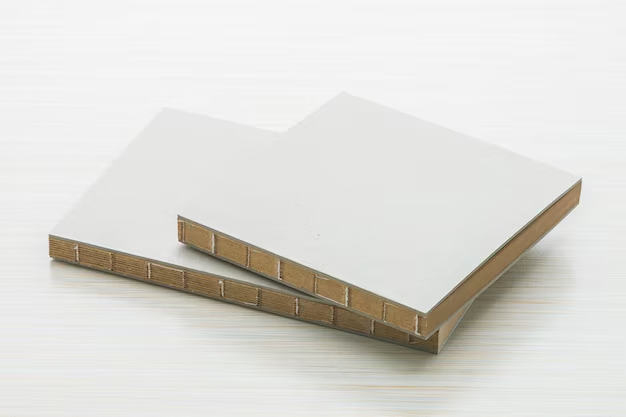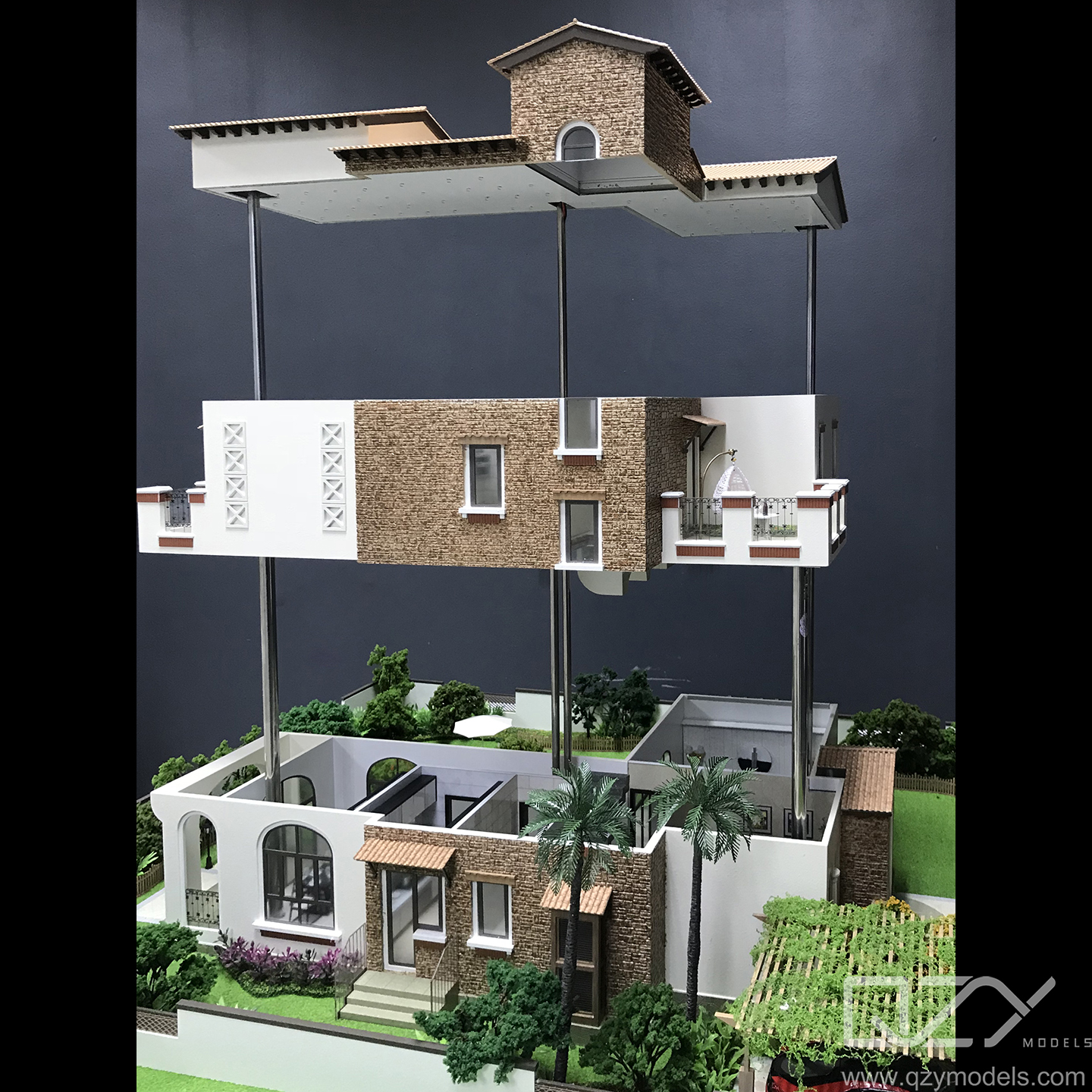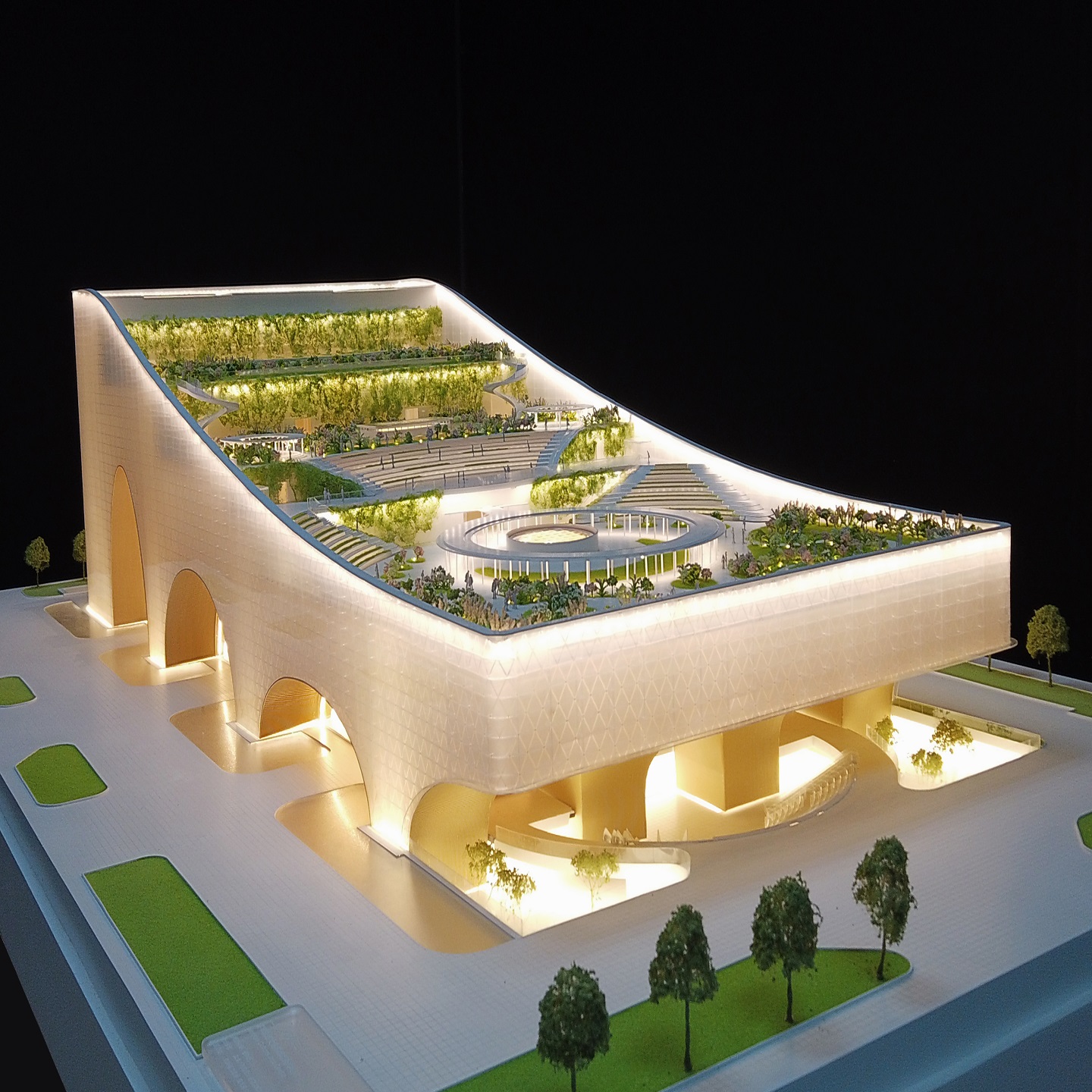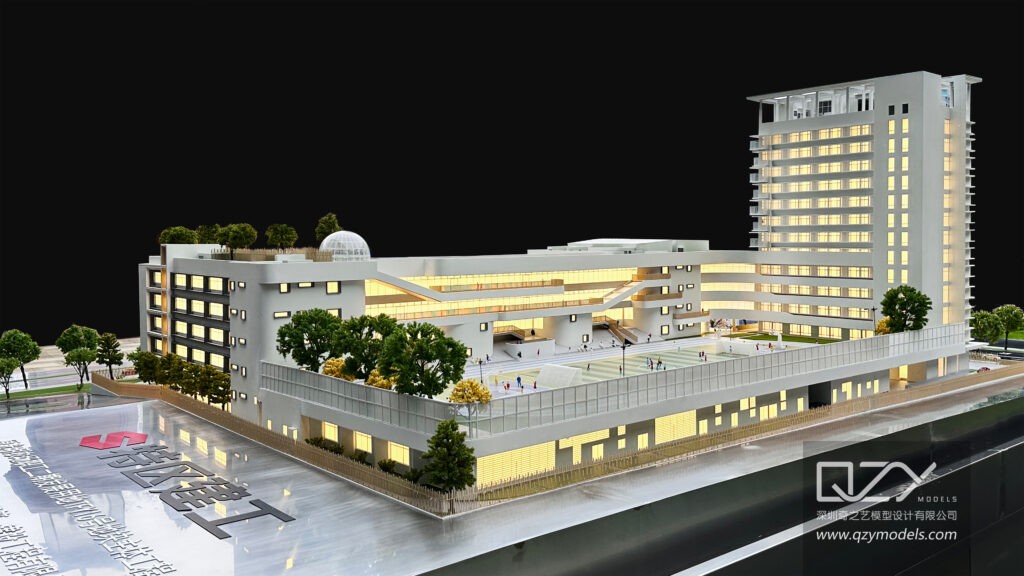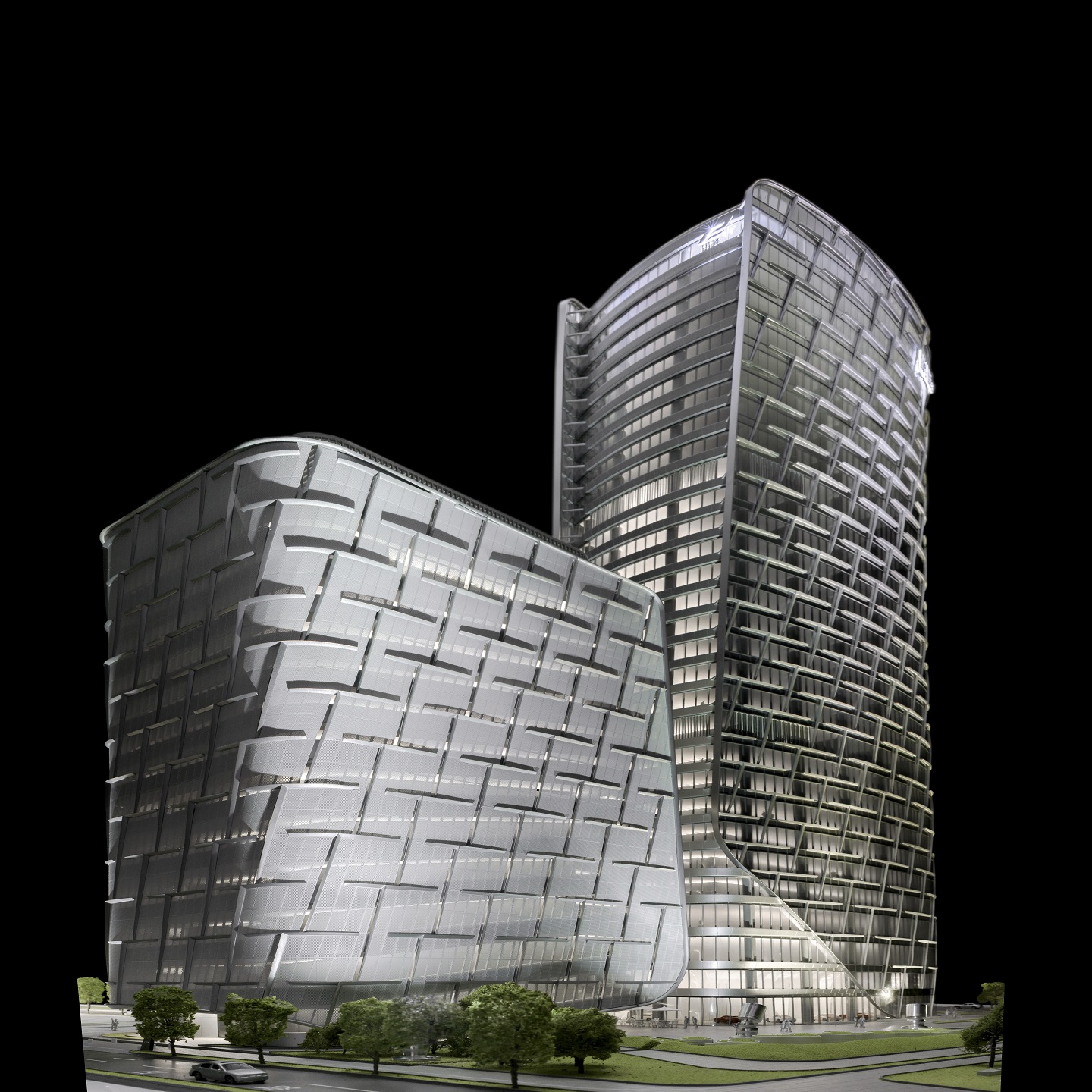Skyscraper models are more than just miniature replicas of towering buildings—they’re powerful tools that bridge imagination and reality in architecture, urban planning, and design. Whether you’re an architect sketching the next skyline-defining structure, a developer pitching a high-rise to investors, or a planner envisioning a city’s future, a well-crafted skyscraper model can transform abstract ideas into tangible, impactful representations. These models don’t just showcase height and form; they reveal the essence of a design, making them indispensable for presentations, exhibitions, and decision-making processes.
In this article, we’ll explore everything you need to know about skyscraper models: what they are, how they’re made, the materials and technologies behind them, their benefits, and how to choose the right model maker for your project. With over 20 years of expertise, companies like QZY Models have perfected the art of crafting custom skyscraper models that elevate architectural visions. Let’s take a closer look at why these models matter and how they can bring your next big idea to life.
What Are Skyscraper Models and Why Do They Matter?
Defining the Skyscraper Model
A skyscraper model is a scaled-down, physical representation of a tall building, typically designed to reflect the architectural details, proportions, and context of the real structure. Unlike generic architectural models that might depict a house or small complex, skyscraper models focus on the unique challenges of height, structural complexity, and urban integration. These models can range from simple massing studies—showing basic shape and scale—to highly detailed replicas with windows, facades, and even interior elements. At QZY Models, for example, skyscraper models are tailored to capture the individuality of each design, ensuring they’re as unique as the buildings they represent. QZY has consistently demonstrated outstanding professionalism in delivering architectural modeling services.
The Role of Skyscraper Models in Architecture
Skyscraper models are vital visualization tools in the field of architecture. It is aesthetics, engineering, and environmental factors that go into creating a tall structure, and a physical model allows architects to see how the various pieces come together. For instance, a skyscraper model can clarify how a building’s shape responds to wind flows or how its height is constructed within the confines of zoning regulations. Off the drafting table, these models are priceless in client presentations, allowing stakeholders to see the impact of the design in a way 2D plans or computer programs can only dream of. They’re the bridge between concept and build-out, bringing intangible plans into concrete reality.
Beyond Aesthetics: Practical Uses in Urban Planning
Skyscraper models have uses beyond the architect’s office. They play a significant role in city planning by enabling us to see how a tall structure harmonizes with the surrounding environment. Planners make use of them to assess shadow casting, traffic flow, and visual impact on a city landscape. A model of a skyscraper could depict how an upcoming high-rise impacts sunlight on an adjacent park or how it aligns with already established infrastructure. Exhibition organizers also rely on such models to show futuristic city plans, giving the public a peek at the city of tomorrow’s skyline. Such models’ ability to put a skyscraper in perspective makes them essential for future city planning.
The Design and Creation Process of Skyscraper Models
Step 1: Understanding the Architectural Vision
The creation of a skyscraper model begins with a deep understanding of the vision of the architect. This stage is marked by intense coordination among the design team and the model maker to produce a model that reflects the essence of the project—whether minimalist, sleek tower or futuristic, bold building. It starts with consultations to break down the narrative behind the design at QZY Models. Is the skyscraper meant to be breathtaking? To combat urban density challenges? Every single detail, from material to scale, is decided upon in this initial conversation, ensuring the final model does justice to the architect’s story.
Step 2: Choosing the Right Scale and Materials
Scale is a do-or-die choice in skyscraper model creation. Standard scales like 1:100 provide sharp close-ups, ideal for conveying facades or structural elements, while 1:500 and below have a broad view, ideal for urban context models. Material choices work the same way: wood provides natural, retro vibes; acrylic provides clear minimalism; while 3D-printed resins provide the potential for deep, modern detailing. Choice is based on the intended use of the model—whether for presentation, protoyping, or an exhibit display. QZY Models has experience in selecting the appropriate materials and scales for every project’s individual needs, finding a balance between accuracy and effect.
Step 3: Advanced Techniques in Model Making
Creating a skyscraper model is both an art form and cutting-edge technology. 3D printing has revolutionized the process to enable rapid creation of complex geometries—such as curved façades or lattice structures—that would be time-consuming to construct manually. Laser cutting offers precision for delicate details and sharp edges, while CNC machining removes heavy bases or intricate parts. For high-end models, experienced craftsmen include hand-finished details such as tiny lighting or customized textures. This combination of techniques, a hallmark of QZY Models’ craftsmanship, creates skyscraper models that are technically precise and visually stunning.
Step 4: Finishing and Detailing
The final step in creating a skyscraper model is refinement. Methods like post-processing sanding remove rough edges, but painting gives the model life—metallic sheens for a modern tower, weathered tones for a design ruin. Detailing goes even further: tiny trees, streetlights, or even transparent windows can bring a static piece to life. At QZY Models, our custom scale models come alive in this phase; every detail is perfected to impress clients, investors, or exhibit crowds.
Materials and Technologies Behind Skyscraper Models
Traditional Materials for Timeless Appeal
Traditional materials like wood and acrylic have been staples of skyscraper model making for decades, offering a hands-on, timeless look. Wood provides a warm, rough feel, so it’s perfect for bases or structural elements that need a solid feel—think about an old-fashioned-style skyscraper model with a high-gloss oak base. Acrylic, being clear and flexible, is perfect for transparent facades or simple, clean forms. While such materials require proficiency, their enduring appeal is perfect for endeavors that want authenticity in a handmade look. They may be less versatile to delicate details, however, which is where creativity kicks in.
The Rise of 3D Printing in Skyscraper Model Making
3D printing transformed skyscraper model-making with its speed and precision. The technology is especially ideal for modeling complicated shapes—like helical skyscrapers or perforated facades—that would take a long time to do manually. QZY Models’ 3D printing proficiency spans the range of materials, from clear resins for glass-like effects to rugged metals for industrial-level models. The advantages are clear: faster turnaround, cost-effective for low-print runs, and simple iteration of designs. For architects with a need for a skyscraper model under a deadline, this method is a winner.
Combining Techniques for Hybrid Models
The best skyscraper models will combine traditional and modern techniques with a hybrid solution. Imagine a 3D-printed core structure combined with hand-painted finishes or a laser-cut acrylic exterior shell over a wooden base. This integration of technology and human touch takes the precision of technology and applies it to the artistry of human imagination, producing models of uniqueness. QZY Models commonly employs this method with 3D printing for efficiency and with the addition of hand-crafted details—such as tiny signage or rough surface textures—to personalize the finish. The result is a skyscraper model blending technology with art, tailored to each client’s idea.
Sustainability in Model Making
While sustainability is becoming increasingly prominent in architecture, skyscraper model makers are keeping pace. Eco-friendly materials, such as recycled resins or renewable wood, reduce environmental impact without sacrificing quality. Processes like 3D printing also eliminate waste by using only the amount of material needed per layer. At QZY Models, sustainability is integrated into the process—giving clients options that align with green building goals. Whether it’s an environmentally sustainable building model for a green project or an expo display for an environmental conference, these methods produce a model that embodies not only design, but ideals.
Benefits of Investing in a Custom Skyscraper Model
Enhancing Project Presentations
A custom skyscraper model can turn a good presentation into an excellent one. Physical models captivate individuals in a manner that computer-generated renderings cannot, with a 360-degree view that invites exploration. For architects who are pitching a high-rise to clients or developers who are attempting to win over investors, a detailed skyscraper model offers the scale, attractiveness, and feasibility of the design. Visualize a glossy model of a mixed-use tower on a conference table—it’s an icebreaker that leaves a lasting impression. QZY Models has seen with its own eyes how models drive pitches, making ideas into tangible realities.
Bridging the Gap Between Concept and Reality
Skyscraper models aren’t only aesthetically pleasing—models streamline designs before construction. By creating a physical model, architects are able to spot issues—like awkward proportions or structural weaknesses—that can’t be seen on paper. They also reveal possibilities, like how a facade lights up or how floors can be stacked for optimal views. This exchange process is worth it in the end by saving time and money, so making a skyscraper model is an investment that’s worth it. It’s a device that provides insight, making sure the finished building is what the original idea intended.
Marketing and Exhibition Advantages
For developers of real estate or exhibition planners, a skyscraper model is an advertising dynamo. On a sales floor, it assists potential buyers in envisioning their soon-to-be penthouse or office, fueling pre-sales on a high-rise development. At museums or trade shows, they attract attention, highlighting new ideas or historic re-creations. QZY Models builds jaw-dropping skyscraper models, with light and landscaping, that stop eyes and minds. Whether promoting a new downtown high-rise or paying tribute to architectural heritage, visual presence is unmatched.
Long-Term Value and Durability
A premium skyscraper model is not a spur-of-the-moment purchase—it’s an investment. Built to last with heavy-duty materials and professional-grade craftsmanship, these models will withstand years of display or travel. They’re ideal for continuous use in offices, schools, or as mementos once a project is finished. QZY Models guarantees longevity by providing maintenance and repair services, being the “family doctor” of your model. With proper maintenance—like keeping it away from direct sunlight or humidity—a custom skyscraper model maintains its value, a reminder of your project’s legacy.
How to Choose the Right Skyscraper Model Maker
Key Qualities to Look For
Choosing a model maker for your skyscraper project starts with experience and customization. Look for a team with a proven track record—QZY Models, for instance, brings over 20 years of expertise to every skyscraper model. Attention to detail is non-negotiable; the maker should capture your design’s nuances, from window patterns to rooflines. Flexibility matters too—can they adapt to your timeline, budget, and creative vision? A maker who listens and collaborates ensures the final model aligns perfectly with your goals.
Evaluating Technology and Expertise
Skyscraper models demand both advanced tools and skilled hands. Check if the maker uses technologies like 3D printing for precision or laser cutting for fine details—capabilities that QZY Models integrates seamlessly. Expertise in skyscraper-specific challenges, like scaling tall structures or replicating complex facades, is equally critical. A seasoned team understands the engineering and artistry involved, delivering a model that’s both accurate and inspiring. Ask for portfolio examples to see their work in action.
Global Shipping and Installation Services
If your skyscraper model needs to travel—say, from a studio in China to a client in New York—logistics matter. A reliable maker offers comprehensive shipping solutions, including expert packaging and customs handling, to ensure safe delivery. Installation services are a bonus, guaranteeing the model is set up perfectly at its destination. QZY Models excels here, with global shipping and on-site support tailored to each project. Whether it’s a trade show or a boardroom, your model arrives ready to shine.
Questions to Ask Your Model Maker
Before committing, get clarity with these questions:
- “Can you handle my project timeline?” (Speed matters for deadlines.)
- “What materials do you recommend for my skyscraper design?” (Options should suit your aesthetic and budget.)
- “Do you offer maintenance or repairs?” (Long-term care extends the model’s life.)
A transparent, knowledgeable maker—like QZY Models—will provide confident answers, building trust from the start.
Final Thoughts
Skyscraper models are more than just architectural tools—they’re storytellers, problem-solvers, and showpieces that bring towering ideas to life. From their design and construction to their practical benefits, these models play a vital role in architecture, urban planning, and beyond. Investing in a custom skyscraper model means investing in clarity, impact, and inspiration for your next project. Ready to elevate your vision? Contact QZY Models for expert model making services, innovative technology, and a partnership that turns your skyscraper dreams into reality.

